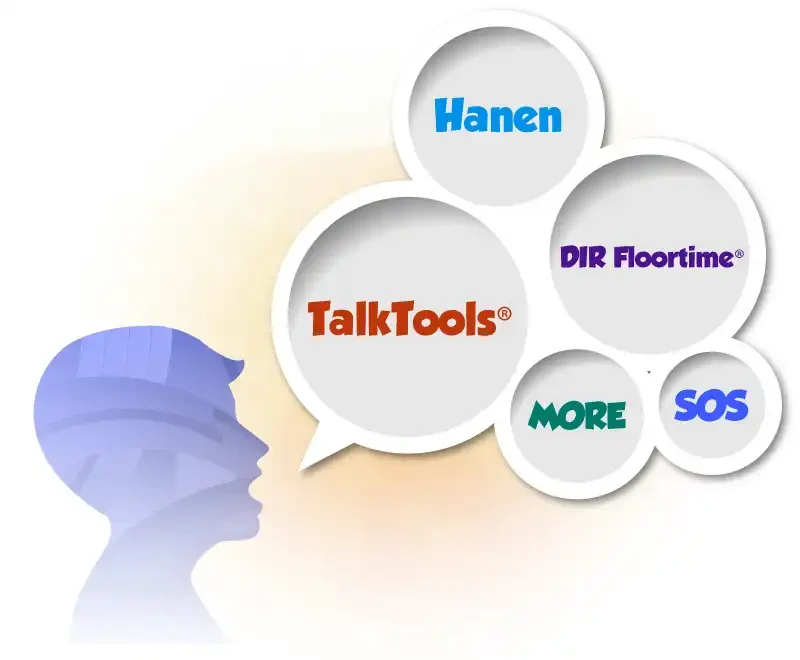Every child is different, and therefore we provide an individualized intervention plan. We maximize progress in speech, language and communication by combining the most recent evidence based research and treatment methods.

We maximise the child’s progress in speech, language and communication by combining the latest and most effective treatment methods. Our Speech-Language Therapists are trained and experienced in a variety of popular treatment modalities, which include:
- Hanen Programs
- It Takes Two To Talk
- More Than Words
- TalkAbility
- Social Thinking
- PECS (Picture Exchange Communication System)
- DIR Floortime®
- Sequential Oral Sensory (SOS) Approach to Feeding
- Lidcombe Program
- Nuffield Dyspraxia Program
- PROMPT
- TalkTools®
Key collaborations are important in the child’s therapeutic journey at Dynamics Speech. We strongly believe that parents and caregivers play a vital role in the success of the child’s therapy. They can provide support and reinforcement in learning when the child is at home. As such, we actively partner with the child’s parents and/or primary caregivers and support them through parent training, relevant resources and maintain regular and open communication throughout the child’s therapy.
We also ensure the child receives integrated care and support, if needed, through seamless and effective collaborations with Dynamics’ in-house multidisciplinary team of healthcare professionals.
Flinn is a 4-year-old boy who has been struggling with speech and language difficulties. Flinn had difficulty putting his thoughts into words, which often led to frustration and outbursts of hitting and throwing. His parents were concerned and knew that he needed help.

When Flinn first started speech therapy, he was shy and hesitant, but his speech therapist quickly put him at ease with fun and engaging activities. During therapy, Flinn’s speech therapist worked on his articulation through oro-motor exercises and speech practices. He also used play-based activities to encourage language development and help Flinn learn to communicate his needs and wants. In addition, the therapist taught Flinn’s parents strategies for better communication at home, including modelling language and using visual aids.
Over several months of therapy, Flinn’s hard work and dedication paid off. He began producing all the sounds he previously struggled with and started expressing himself verbally. His parents noticed a significant improvement in his ability to communicate and his frustration levels decreased. Flinn’s confidence grew as he gained more control over his communication and was able to express himself more clearly.
Flinn’s success story demonstrates the importance of early intervention and the impact that a speech therapist can have on a child’s communication skills.
Note: The identities of the individuals mentioned in the success story have been altered to maintain confidentiality.